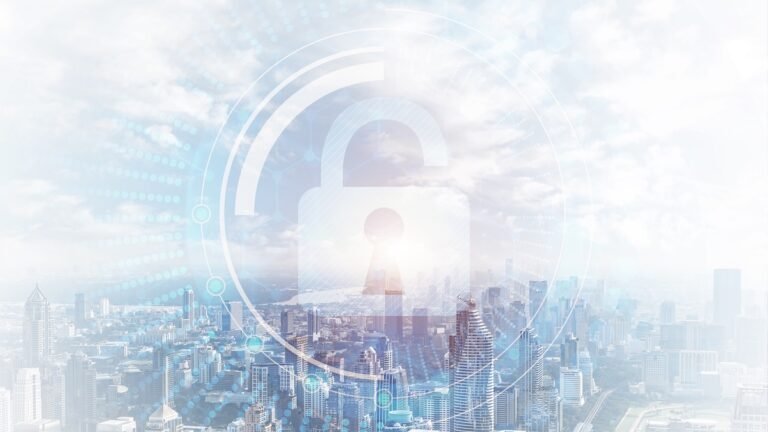Essential Insights
-
Cyberattack on Saint Paul: The City of Saint Paul experienced a sophisticated cyberattack over the weekend, prompting a shutdown of its systems to contain the intrusion.
-
Emergency Declaration: Governor Tim Walz declared a state of emergency and activated the Minnesota National Guard’s cyber experts to support the city’s response efforts.
-
Operational Impact: While emergency services remain operational, non-emergency services such as online payments and local libraries are temporarily unavailable due to the cybersecurity incident.
- Ongoing Investigation: City officials are investigating the attack, which specifically targeted Saint Paul’s IT infrastructure, but details regarding any ransom demand have not been disclosed.
The Issue
In a troubling incident over the weekend, the City of Saint Paul fell victim to a sophisticated cyberattack that compromised its internal systems and online services. In an effort to contain the breach, city officials made the decision to shut down several systems on Monday, a response deemed necessary given the attack’s complexity, which overwhelmed the city’s existing cybersecurity measures. Following this, Minnesota Governor Tim Walz declared a state of emergency and activated the cyber response teams from the National Guard, emphasizing their commitment to collaborate with local, state, and federal partners to quickly restore cybersecurity and protect the citizens’ welfare.
The repercussions of this attack have led to the temporary unavailability of non-emergency services, such as online payments and library functions, although emergency services remain unaffected. City officials have refrained from disclosing specific details regarding the attack, including whether a ransom demand was made, while an ongoing investigation seeks to unravel the full scope of the incident. This response underscores the growing challenges municipalities face in maintaining robust cyber defenses against increasingly sophisticated cyber threats.
Critical Concerns
The cyberattack on Saint Paul not only jeopardizes the city’s operational integrity but serves as a harbinger of significant risk for other businesses, users, and organizations in the region. As cyber threats proliferate, any vulnerability within one municipal framework can easily cascade, exposing interconnected networks and third-party services that rely on municipal digital infrastructure. The temporary incapacitation of essential services such as online payments and public libraries fuels anxiety over data security and operational reliability, potentially undermining consumer trust in local businesses and prompting a security reassessment across the board. Furthermore, the invocation of the National Guard underscores the severity of the threat, highlighting how a singular incident can trigger extensive resource mobilization, drawing attention and manpower away from other sectors. If local entities cannot effectively bolster their cybersecurity measures, the specter of operational disruptions looms large, threatening not only immediate business continuity but also long-term organizational viability in an increasingly digital landscape.
Possible Remediation Steps
Timely intervention is crucial in mitigating the multifaceted repercussions of cyberattacks, particularly when state resources are compromised.
Mitigation Steps
- Incident Response Plan Activation
- Data Backup Restoration
- Network Segmentation
- Threat Intelligence Sharing
- System Vulnerability Assessment
- User Access Auditing
- Public Communication Strategy
- Legal Consultation
- Continuous Monitoring Implementation
- Post-Incident Review
NIST CSF Guidance
The NIST Cybersecurity Framework (CSF) underscores the importance of resilience through robust preparation, swift detection, and effective response strategies. Specifically, practitioners should refer to NIST Special Publication 800-61 for comprehensive insights on incident response.
Explore More Security Insights
Discover cutting-edge developments in Emerging Tech and industry Insights.
Access world-class cyber research and guidance from IEEE.
Disclaimer: The information provided may not always be accurate or up to date. Please do your own research, as the cybersecurity landscape evolves rapidly. Intended for secondary references purposes only.
Cyberattacks-V1

